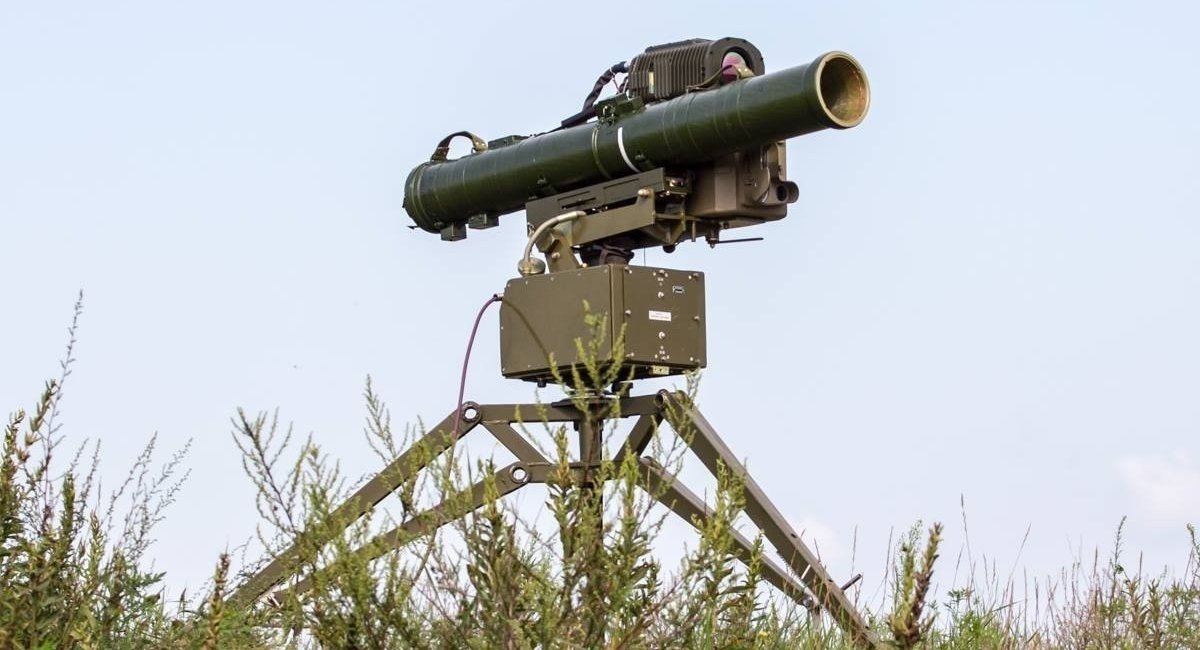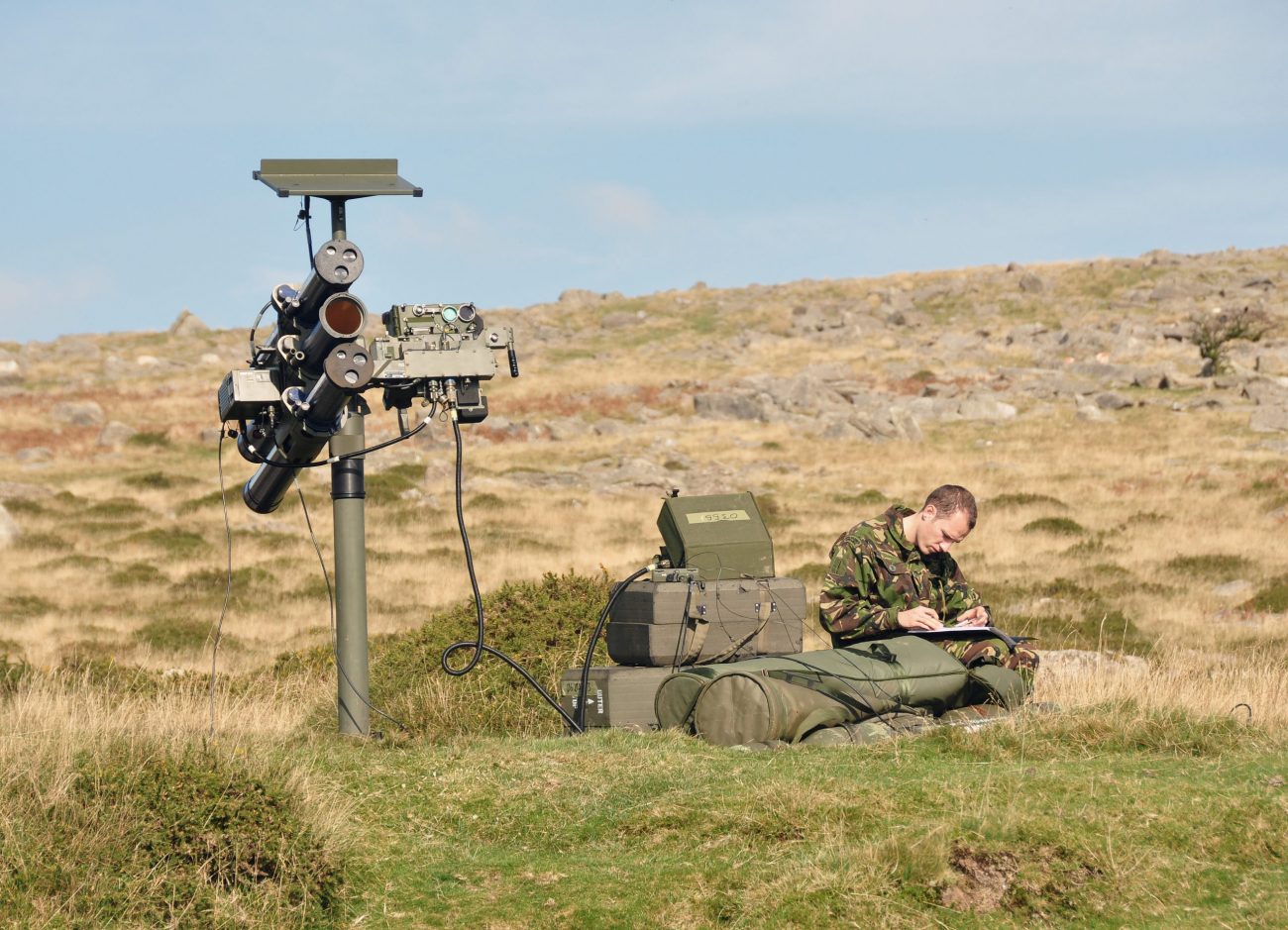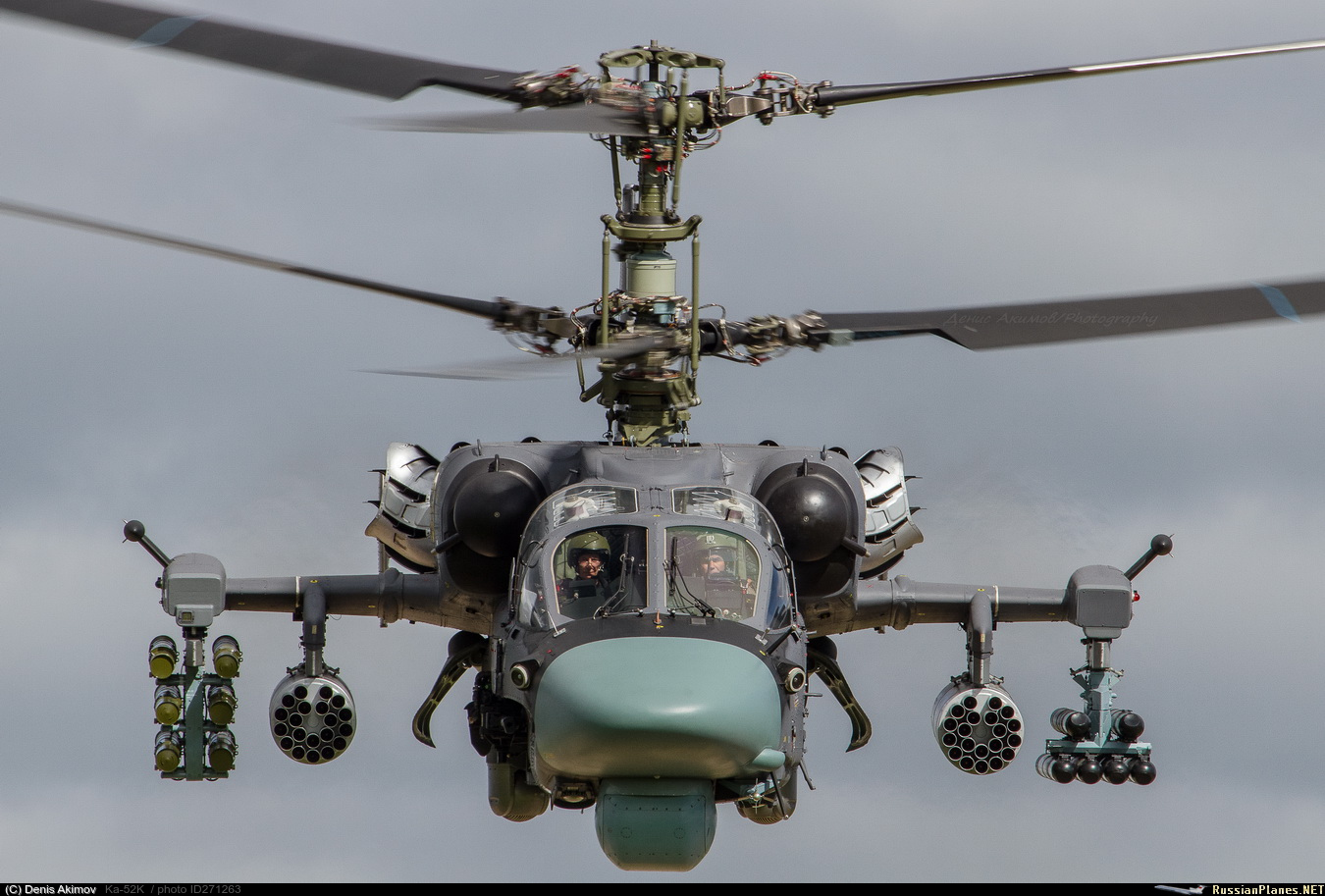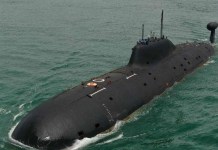A sign of Ukrainians putting up a fight before the Russians and springing nasty battlefield surprises was the shooting down of the Ka-52 Alligator attack helicopter last week.
While the Ukrainian Armed Forces (UAF) shot down at least four Alligators since the intervention began on February 24 using a combination of heavy anti-aircraft fire and Man-Portable Air Defence System (MANPAD) like the Strela or Igla, the one last week was unusual – it was using a Stugna-P Anti-Tank Guided Missile (ATGM).
A video showed two Ukrainian soldiers staring at a ruggedized battlefield laptop monitor – evidently separated from the ATGM launcher by a 50-meter cable to avoid return fire coming to them – showing a Ka-52 Alligator flying low, slow, and then hovering above some treetops.
The ATGM then knocks Russia’s most modern and feared helicopter gunship out of the sky, possibly disintegrating it, amidst cheers from the Ukrainian servicemen. The Ukrainian personnel was believed to be attached to the 95th Air Assault Brigade.
Whether it brings back memories from their Afghanistan intervention when their Mi-25 gunships used to be shot down by US-made Stinger MANPADs, the Russian Aerospace Forces (VKS) have improved their tactics and are now said to prefer long-range ballistic missile strikes on their targets.
This is Ukrainian Stugna shooting down a russian helicopter.
Nothing special you’d think. But Stugna is designed to take down armored vehicles, including tanks. Instead, it is sometimes used for air targets.
This war has its own creative ways to use things. pic.twitter.com/C5VJX1fs2C
— Oleksandra Zubal ?? (@OleksandraZubal) April 5, 2022
One can therefore possibly infer that the Alligator shot down with the Stugna-P was on a mission other than Close Air Support (CAS) for ground troops and tanks amidst a raging battlefield, which would have possibly interfered with the Ukrainian team’s movements.
Gunships usually first go into a steep climb and then fire unguided rockets from the top arc of their flight path, then yawing hard to either side, releasing flares and escaping to divert any incoming heat-seeking missiles. This allows the pilots to stay out of the MANPADs’ range/kill zone.
An earlier video from March 17, showed Ka-52 Alligators and Mi-28 Havoc firing rockets from pods in an even unconventional manner – upwards while pulling up, sending the projectiles in a ballistic parabolic trajectory. This greatly extends the rockets’ range but at the cost of accuracy, experts said.
However, accuracy can also be a matter of need where the tactic might only be unsuited for precise surgical attacks. Wanting mass fires on a vast area with fairly large enemy concentrations or breaking through enemy defenses with no friendlies or civilians around can use this tactic.

Moreover, it is not known whether the rockets fired this way were guided rockets, which gives a minimal control over the projectile’s direction. That this is a deliberate tactic can be inferred from another older video on Russia Television (RT) which showed pilots practicing the very technique, meaning it has a purpose.
Strength And Durability
One reason for using the Stugna could also be to penetrate the helicopter’s heavy armor, whose strength and durability were evident when an early photo of a near intact Alligator close to the Gostomel airfield with minor structural damage was seen abandoned on a field, with both the pilots missing.

This means the aviators must have decided to land the helicopter when heavy ground fire must have interfered with the flight controls and escaped, possibly returning to fight in another chopper.
The chopper can take 12.7 mm armor-piercing rounds, and 23 mm projective fragments while both contra-rotating rotors are said to be able to withstand small arms fire. It’s heavily armed with a 30 mm gun, 9K-121 Vikhr ATGMs, and rockets pods.
The Stugna-P meanwhile is of pure Ukrainian origin, designed and produced by the Kyiv-based Luch Design Bureau (LDB). With a maximum range of 5.5 km in daylight conditions, it is operated by a team of 3 to 4 persons using the PDU-215 remote control panel, guidance device, and thermal imaging system.
It can be used in both manual and fire-and-forget mode, with the latter involving using a targeting reticule and joystick to guide the missile towards the target.
This however is unlikely to diminish the efficacy of the helicopter gunship, which is still ranked among the best in the world, whose naval version is being eyed by none other than China.

The WZ-9 turboshaft powerplant of the 7 tonnes Z-10 produces only a meager 1,200 horsepower, compared to the 2,500 hp churned out by the Klimov VK-2500 engine powering the 12 tonne Ka-52K.
They are expected to be used for amphibious assault roles in a Taiwan invasion. The use of the Stugna-P ATGM to take down the missile largely qualifies as a mere battlefield innovation that professional militaries come up with in long-drawn wars that do not write off the weapons system as a whole.
- Parth Satam is a Mumbai-based journalist who has been covering India’s defense sector for more than a decade. He maintains a keen interest in defense, aerospace and foreign affairs and can be reached at satamp@gmail.com
- Follow EurAsian Times on Google News




